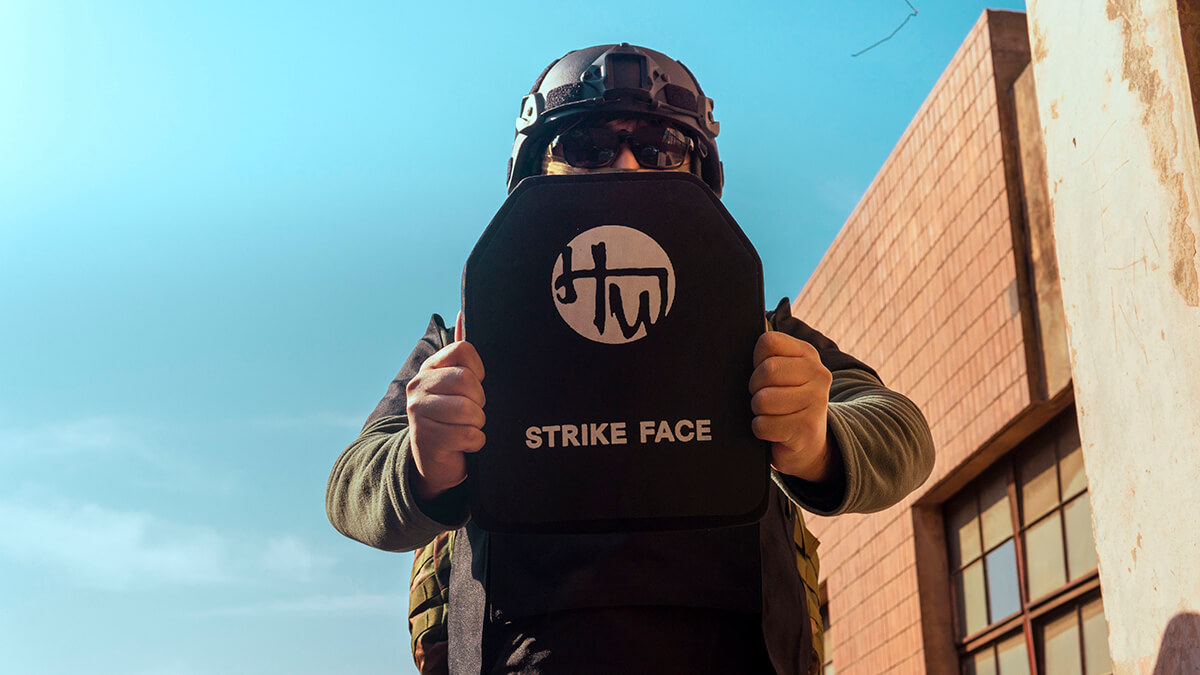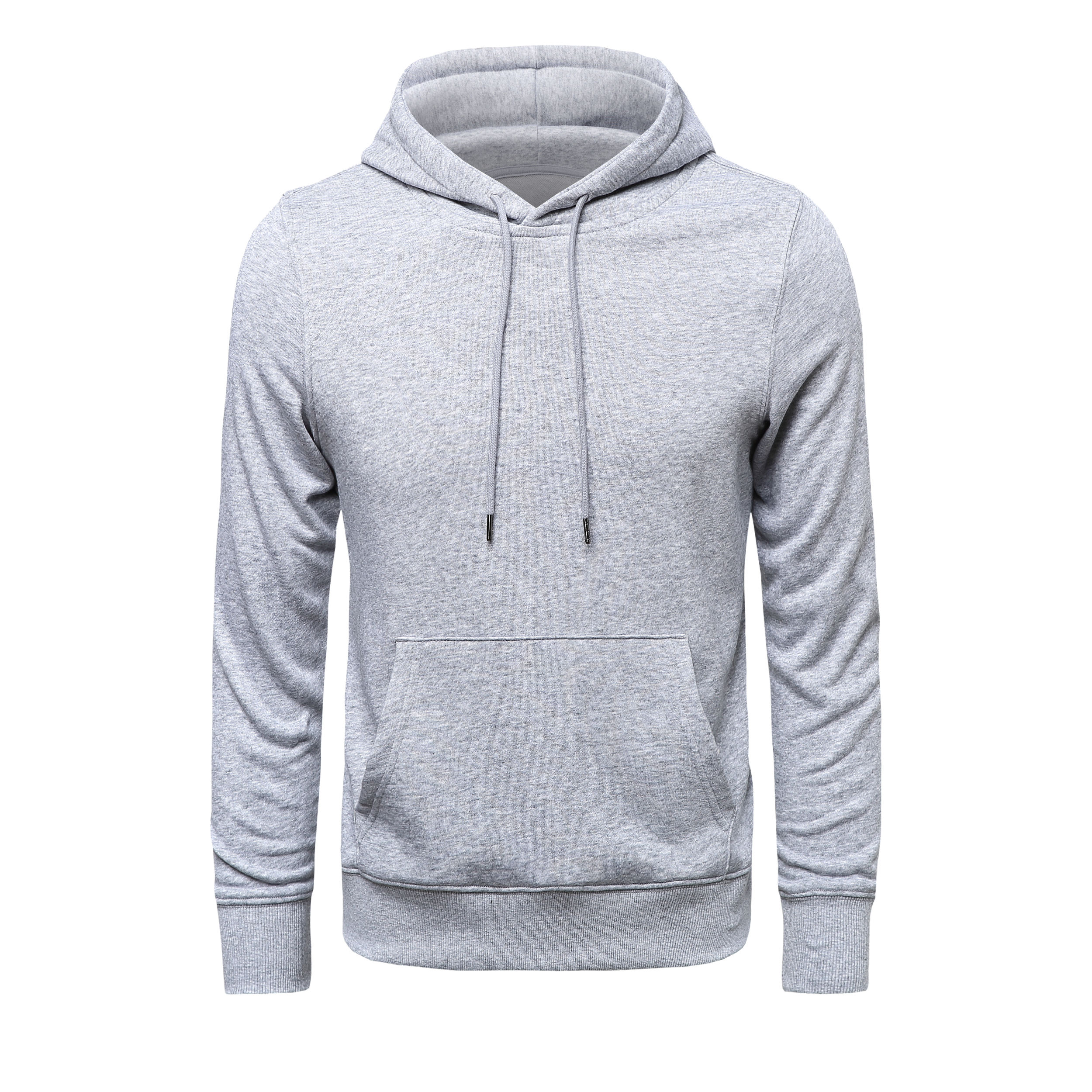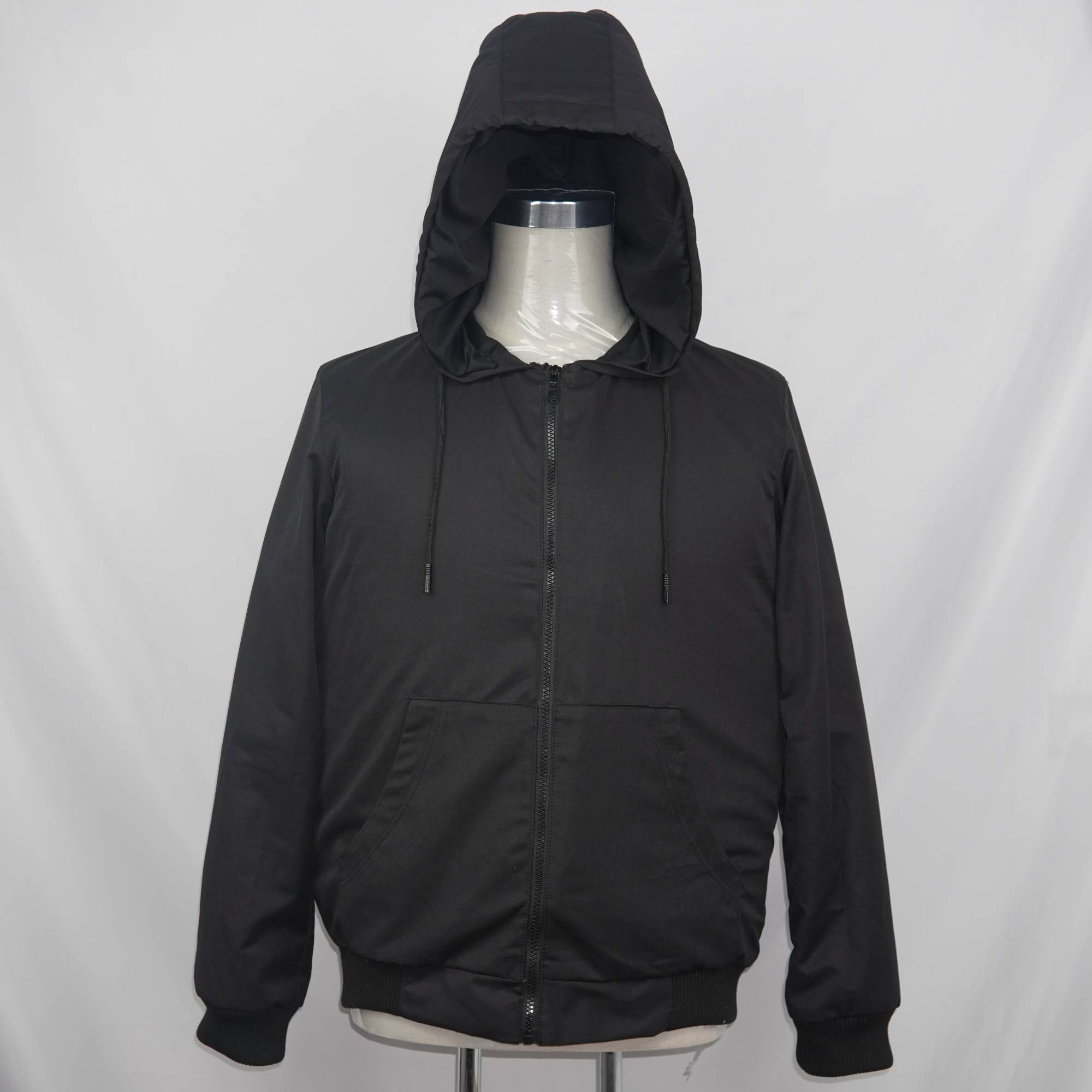Body armor serves as a crucial tool for personal protection against physical threats. It reduces the risk of injury by absorbing or deflecting impacts from bullets, knives, or other projectiles.
A wide variety of body armor exists to meet different needs. Some options prioritize lightweight materials for flexibility, while others focus on maximum protection against high-caliber ammunition.
Each type serves a specific purpose, catering to the needs of law enforcement, military personnel, or civilians.

Types of Body Armor Based on Materials
Soft Body Armor
Soft body armor is designed for flexibility and comfort. It uses lightweight materials like Kevlar or polyethylene to provide protection.
This type of armor is commonly used by law enforcement officers and security personnel. It offers defense against low-velocity threats, such as handgun rounds or sharp objects.
Soft armor plates are a key component of this protective gear. These plates are thin and flexible, allowing wearers to move freely.
They are ideal for situations where mobility is essential. For example, undercover agents or patrol officers often rely on soft armor plates for daily use.
Soft body armor is not suitable for high-caliber ammunition. It cannot withstand the impact of rifle rounds or other high-velocity projectiles. However, its lightweight design makes it a popular choice for those who prioritize comfort over maximum protection.
Hard Body Armor
Hard body armor provides a higher level of protection compared to soft armor. It uses rigid materials like ceramic or steel to stop high-velocity projectiles. This type of armor is often used in military operations or high-risk law enforcement missions.
Hard armor plates are the defining feature of this protective gear. These plates are thick and durable, capable of withstanding rifle rounds and other powerful impacts. Hard armor plates are heavier than their soft counterparts, but they offer unmatched protection.
Ballistic plates, a type of hard plates, are commonly used in tactical situations. They are inserted into vests or carriers to enhance protection. Hard armor is essential for individuals facing extreme threats, such as active combat or hostage rescue scenarios.
While hard armor provides superior defense, it can limit mobility due to its weight. Users must consider the trade-off between protection and agility when choosing this type of body armor.

Types of Body Armor Based on Protection Levels
NIJ Level IIA
NIJ Level IIA body armor offers basic protection against low-velocity threats. It is designed to stop 9mm and .40 S&W handgun rounds fired at standard speeds.
This level of armor is lightweight and flexible, making it suitable for everyday use. Security personnel and civilians often choose Level IIA for its comfort and ease of wear.
Although it provides limited defense, Level IIA is effective for situations involving minimal risk. It is commonly found in bulletproof vests and ballistic vests used in low-threat environments. However, it does not offer stab protection or defense against rifle rounds.
NIJ Level II
NIJ Level II body armor provides enhanced protection compared to Level IIA. It can stop higher-velocity handgun rounds, including 9mm and .357 Magnum bullets. This armor is slightly thicker but remains relatively lightweight.
Level II is a popular choice for law enforcement officers who require reliable protection during patrols. It is often incorporated into multi-threat armor, offering defense against both ballistic and stab threats. Bulletproof vests with Level II protection are versatile and suitable for different threat levels.
NIJ Level IIIA
NIJ Level IIIA body armor is designed to stop more powerful handgun rounds, such as .44 Magnum and .357 SIG bullets. It offers advanced protection while maintaining flexibility. Level IIIA is frequently used in ballistic vests worn by tactical teams and undercover agents.
This armor provides stab protection in addition to ballistic defense, making it ideal for multi-threat scenarios. Level IIIA is a preferred choice for individuals facing different threat levels in urban environments. Its lightweight design ensures mobility without compromising safety.
NIJ Level III
NIJ Level III body armor is engineered to stop rifle rounds, including 7.62mm NATO bullets. It uses hard armor plates to provide superior protection against high-velocity projectiles. This level of armor is heavier and less flexible than Level IIIA.
Level III is commonly used in military operations and high-risk law enforcement missions. Ballistic vests with Level III protection are essential for individuals exposed to extreme threats. They offer unmatched defense but may limit mobility due to their weight.
NIJ Level IV
NIJ Level IV body armor offers the highest level of protection available. It is capable of stopping armor-piercing rifle rounds, such as .30-06 AP bullets. This armor uses advanced materials like ceramic plates to provide maximum defense.
Level IV is reserved for situations involving severe threats, such as active combat or hostage rescues. Ballistic vests with Level IV protection are heavy and rigid, prioritizing safety over comfort. This armor is the ultimate choice for individuals requiring top-tier defense.

Types of Body Armor Based on How They Are Worn
Bulletproof Vests
Bulletproof vests are the most common type of body armor. They are designed to protect the torso from bullets and other projectiles.
These vests are lightweight and versatile, making them suitable for various situations. Law enforcement officers and security personnel often wear them during patrols or high-risk operations.
A concealed vest is a popular option for those who need discreet protection. It can be worn under clothing without drawing attention.
This type of body armor vest provides ballistic protection while maintaining a low profile. Some vests also include pockets for inserting additional armor plates, enhancing their defensive capabilities.
Flak jackets, another variation of bulletproof vests, offer extra protection against shrapnel and explosive fragments.
These jackets are commonly used in military settings. They are heavier than standard vests but provide superior defense in combat scenarios.

Bulletproof Hoodies
Bulletproof hoodies combine protection with casual style. They are designed for individuals who want to stay safe without wearing traditional body armor.
These hoodies use lightweight materials to provide ballistic protection while maintaining comfort and flexibility.
A concealed vest can be integrated into the hoodie, offering discreet defense against threats. This makes bulletproof hoodies ideal for civilians in urban environments.
They are also popular among undercover agents who need to blend in while staying protected.
Although bulletproof hoodies are not as robust as flak jackets or full body tactical armor, they provide adequate protection for low-risk situations. Their casual appearance makes them a practical choice for everyday wear.

Bulletproof Jackets
Bulletproof jackets offer a balance between style and protection. They are designed to look like regular outerwear while providing ballistic protection.
These jackets are ideal for individuals who need to stay protected in professional or social settings.
A concealed vest is often built into the jacket, ensuring discreet protection. Some bulletproof jackets also include additional features, such as removable armor plates or stab-resistant layers.
This makes them versatile and suitable for various threat levels.
Flak jackets fall under this category when designed for military use. They provide enhanced protection against bullets and shrapnel.
However, they are heavier and less flexible than standard bulletproof jackets. For those requiring maximum defense, full body tactical armor may be a better option.

Conclusion
Body armor plays a vital role in personal protection. Each type serves specific needs, from lightweight options for mobility to heavy-duty designs for extreme threats.
Choosing the right body armor depends on individual factors like threat level, comfort, and intended use. Buyers should assess their environment and consult experts to make informed decisions.
